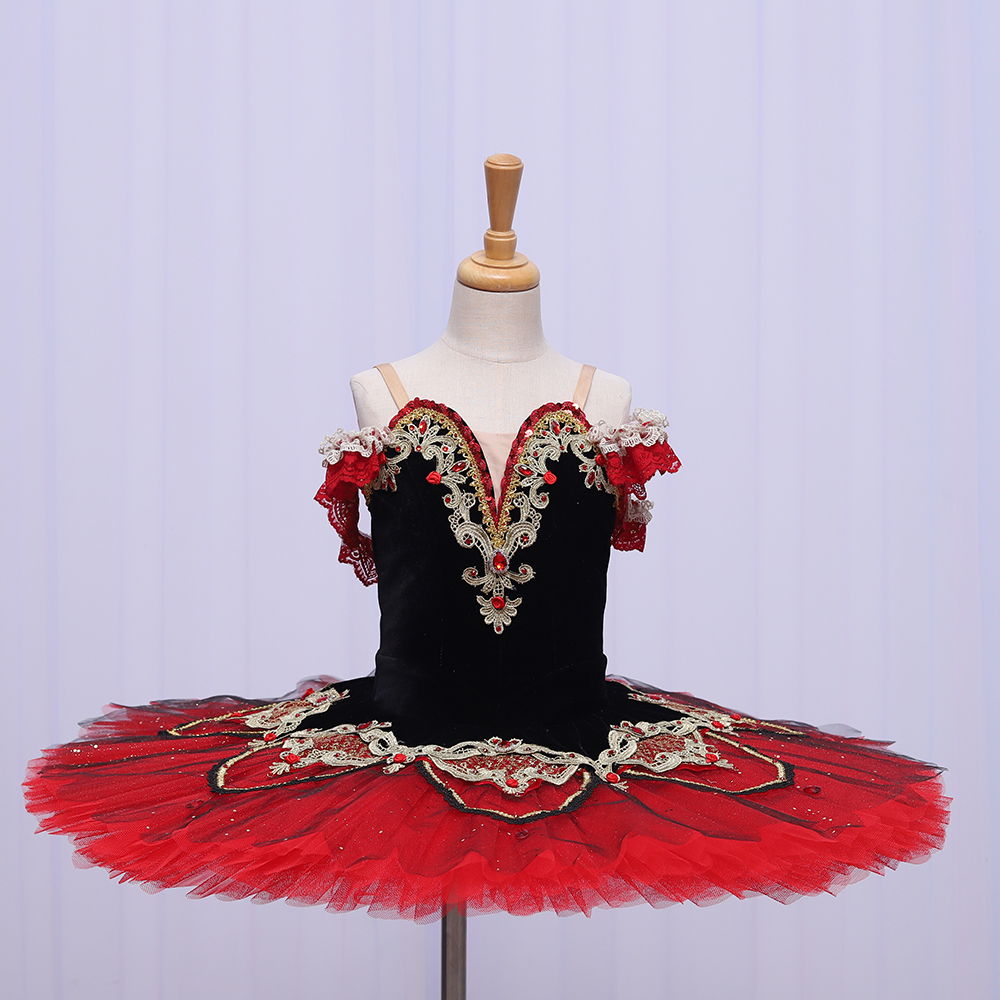 English
English-
 Español
Español
-
 Português
Português
-
 Portugiesisch
Portugiesisch
-
 Français
Français
-
 日本語
日本語
-
 Български
Български
-
 한국어
한국어
-
 Türkçe
Türkçe
-
 Nederlands
Nederlands
-
 English
English
-
 Eesti
Eesti
-
 Suomi
Suomi
-
 বাঙ্গালি
বাঙ্গালি
-
 беларуская
беларуская
-
 Ελληνικά
Ελληνικά
-
 Kreyòl ayisyen
Kreyòl ayisyen
-
 עִברִית
עִברִית
-
 हिन्दी
हिन्दी
-
 Magyar
Magyar
-
 íslenskur
íslenskur
-
 Gaeilge
Gaeilge
-
 italiano
italiano
-
 Hrvatski
Hrvatski
-
 Latinus
Latinus
-
 latviski
latviski
-
 Melayu
Melayu
-
 Malti
Malti
-
 Монгол
Монгол
-
 မြန်မာ
မြန်မာ
-
 فارسی
فارسی
-
 Polski
Polski
-
 عربي
عربي
-
 Română
Română
-
 русский
русский
-
 slovenský
slovenský
-
 Slovenščina
Slovenščina
-
 Afrikaans
Afrikaans
-
 svenska
svenska
-
 dansk
dansk
-
 український
український
-
 o'zbek
o'zbek
-
 Cymraeg
Cymraeg
-
Zulu
-
 Tiếng Việt
Tiếng Việt
-
 bosanski
bosanski
-
 Deutsch
Deutsch
-
 eesti keel
eesti keel
-
 ไทย
ไทย
The meaning and development of ballet
Sat Mar 26 09:32:12 CST 2022
Ballet specifically refers to a European classical form with certain movement specifications, skills, and aesthetic requirements; or generally refers to a dance expression that uses human movements and postures to express drama content to promote plot development, and to express certain emotions, moods, mental states and behaviors. The former is sometimes translated as "dance drama".


The word ballet is derived from the ancient Latin ballo, which originally meant to dance in a certain style in public, and did not mean a theater performance. Ballet, as a stage art form, began to be seen in the grand banquet and entertainment activities of the Italian court during the Renaissance. Later, the princess of Florence, Catherine of the Medici, brought this dance form to the French court.

In 1581, the first ballet performed by the French court "Queen's Comedy Ballet" caused great repercussions in Europe. Courts of various countries followed suit and regarded ballet as a model of court entertainment. In 1661, French King Louis XIV created it in Paris. After the Royal Academy of Dance, it authorized the establishment of the Opera House in Paris in 1669, thus ending the golden age of "court ballet". After ballet entered the theater, it went through the stages of "comedy ballet" and "singing ballet" successively.

In the middle of the 18th century, "Plot Dance" and related theories became more and more perfect. Only then did ballet completely change the status of relying on drama and opera, only performing dances between the scenes, and developed into the use of dance and music to promote the development of the plot, which has serious social significance. The theater art form.

The beginning of the 19th century was another golden age in the history of ballet development, with major breakthroughs in content and subject matter, techniques and performances, and performance forms. Tiptoe dance skills have gradually become the main performance method of actresses, and a set of systematic and scientific training methods have been accumulated. Affected by the romantic cultural trend of thought, the development of ballet in European countries pays more attention to the expression of national spirit and temperament, forming ballet schools with different styles such as the Italian school, the French school, the Russian school and the Danish school.

Since the 20th century, Russia has replaced Italy and France as the center of traditional ballet development. On the stage of European and American countries, modern ballet of different styles and genres gradually showed a vigorous development momentum, thus injecting new vitality into the development of ballet art.

